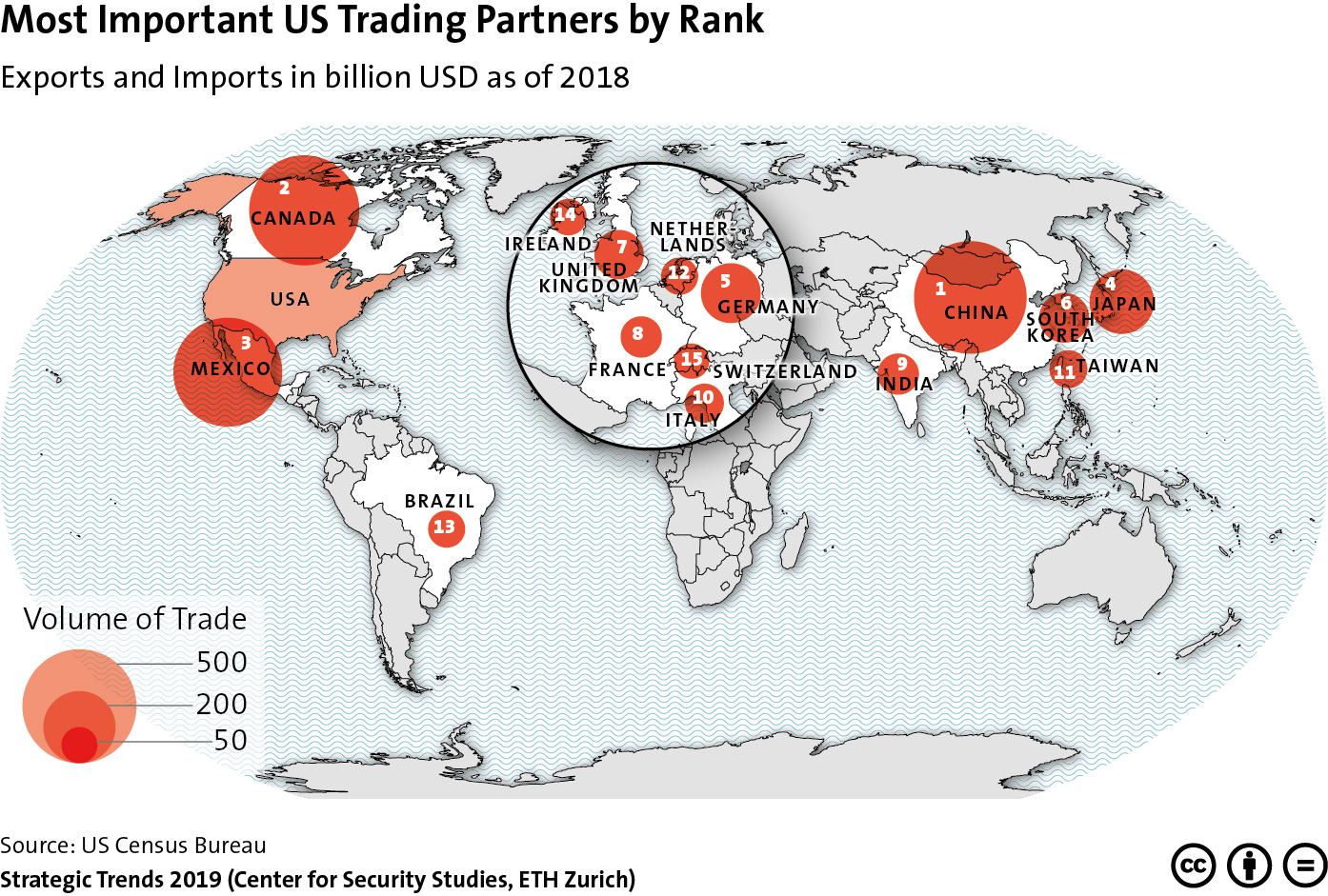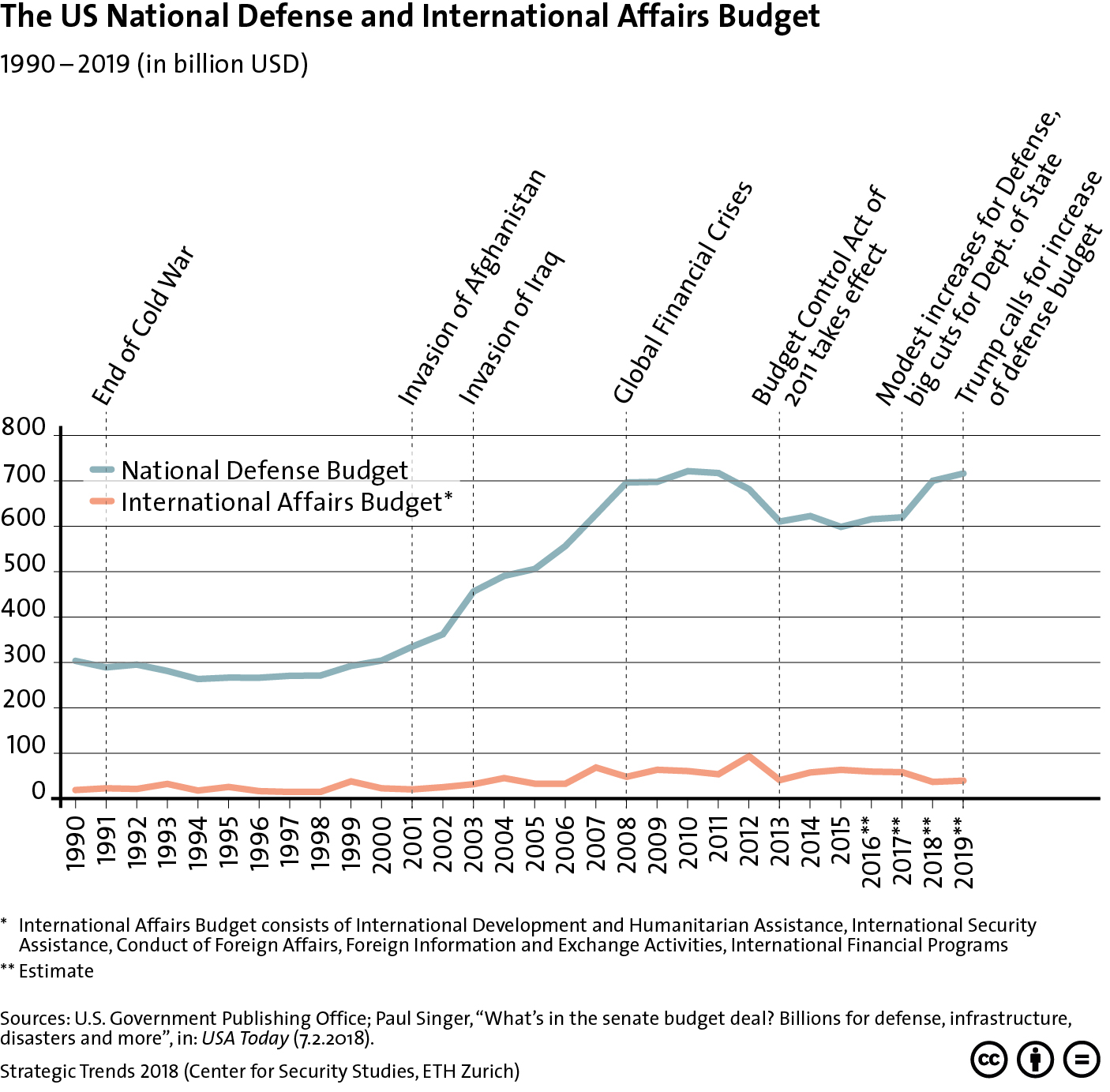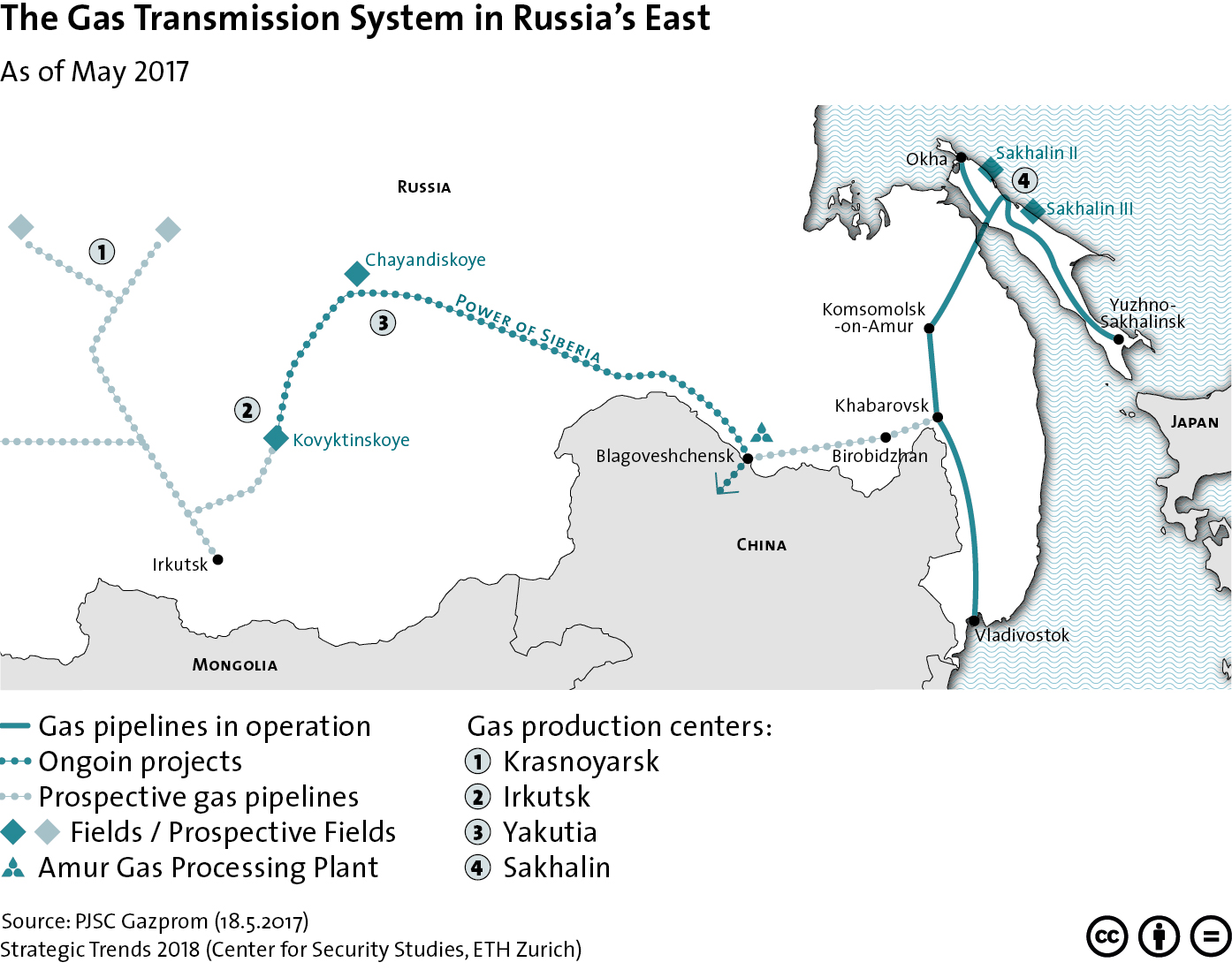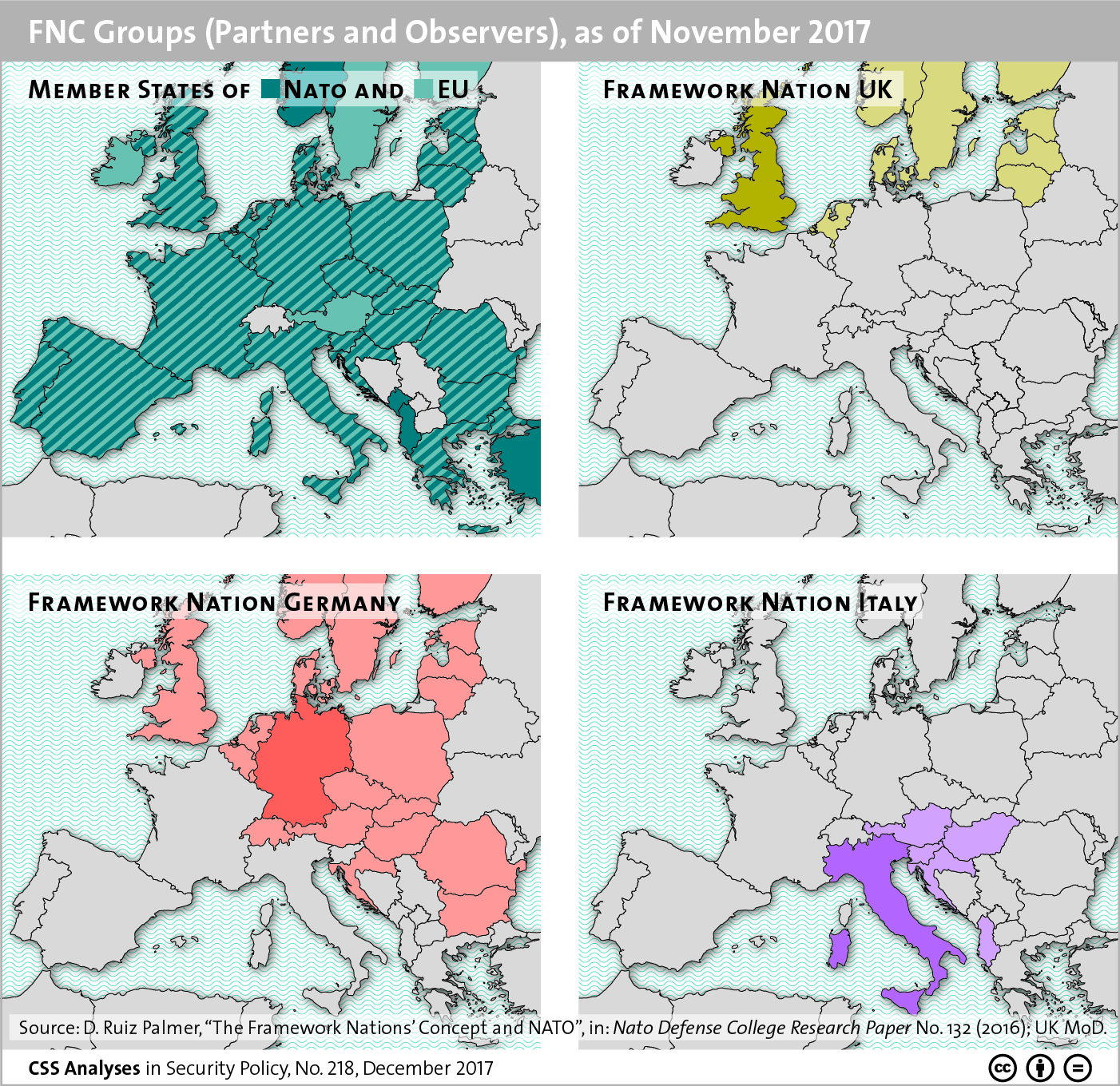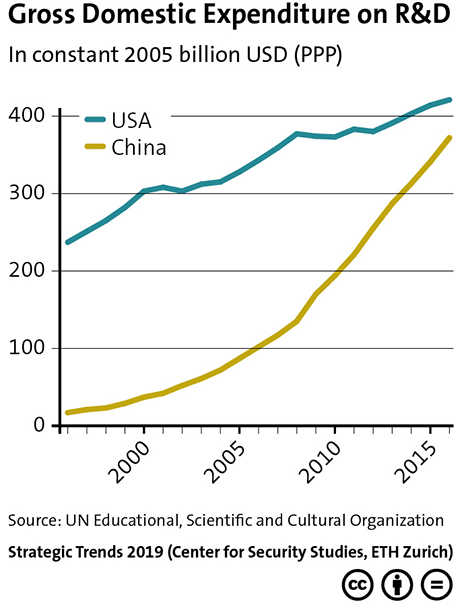
This week’s featured graphic charts the convergence of Chinese and US GDP expenditure on research and development. Does it suggest that the West is about to lose its edge in military technology? Michael Haas thinks so. Read his Strategic Trends 2019 chapter in on the eclipse of Western military technology superiority here to find out why. For more CSS charts, maps and graphics on economics, click here.




